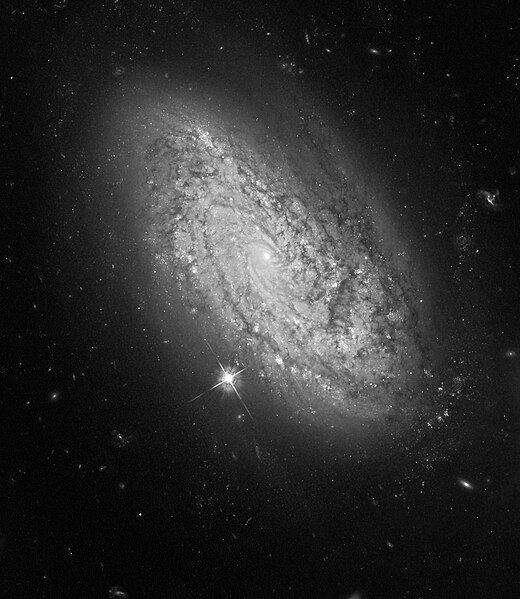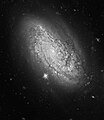Податотека:NGC 3021 Hubble.jpg

Големина на овој преглед: 520 × 599 пиксели. Други разделности: 208 × 240 пиксели | 416 × 480 пиксели | 666 × 768 пиксели | 888 × 1.024 пиксели | 1.838 × 2.119 пиксели.
Изворна податотека (1.838 × 2.119 пиксели, големина: 1,75 МБ, MIME-тип: image/jpeg)
Историја на податотеката
Стиснете на датум/време за да ја видите податотеката како изгледала тогаш.
| Датум/време | Минијатура | Димензии | Корисник | Коментар | |
|---|---|---|---|---|---|
| тековна | 01:42, 1 јуни 2009 |  | 1.838 × 2.119 (1,75 МБ) | Friendlystar | {{Information |Description={{en|1=Less than 100 years ago scientists didn't know if the universe was coming or going, literally. It even fooled the great mind of Albert Einstein. He assumed the universe must be static. But to keep the universe from collap |
Употреба на податотеката
Податотекава се користи во следнава страница:
Глобална употреба на податотеката
Оваа податотека ја користат и следниве викија:
- Употреба на ar.wikipedia.org
- Употреба на arz.wikipedia.org
- Употреба на az.wikipedia.org
- Употреба на be.wikipedia.org
- Употреба на ce.wikipedia.org
- Употреба на diq.wikipedia.org
- Употреба на eo.wikipedia.org
- Употреба на eu.wikipedia.org
- Употреба на fa.wikipedia.org
- Употреба на hr.wikipedia.org
- Употреба на kk.wikipedia.org
- Употреба на lb.wikipedia.org
- Употреба на my.wikipedia.org
- Употреба на nl.wikipedia.org
- Употреба на pt.wikipedia.org
- Употреба на ru.wikipedia.org
- Употреба на sh.wikipedia.org
- Употреба на sk.wikipedia.org
- Употреба на sr.wikipedia.org
- Употреба на tr.wikipedia.org
- Употреба на tt.wikipedia.org
- Употреба на uk.wikipedia.org
- Употреба на uz.wikipedia.org
- Употреба на www.wikidata.org


